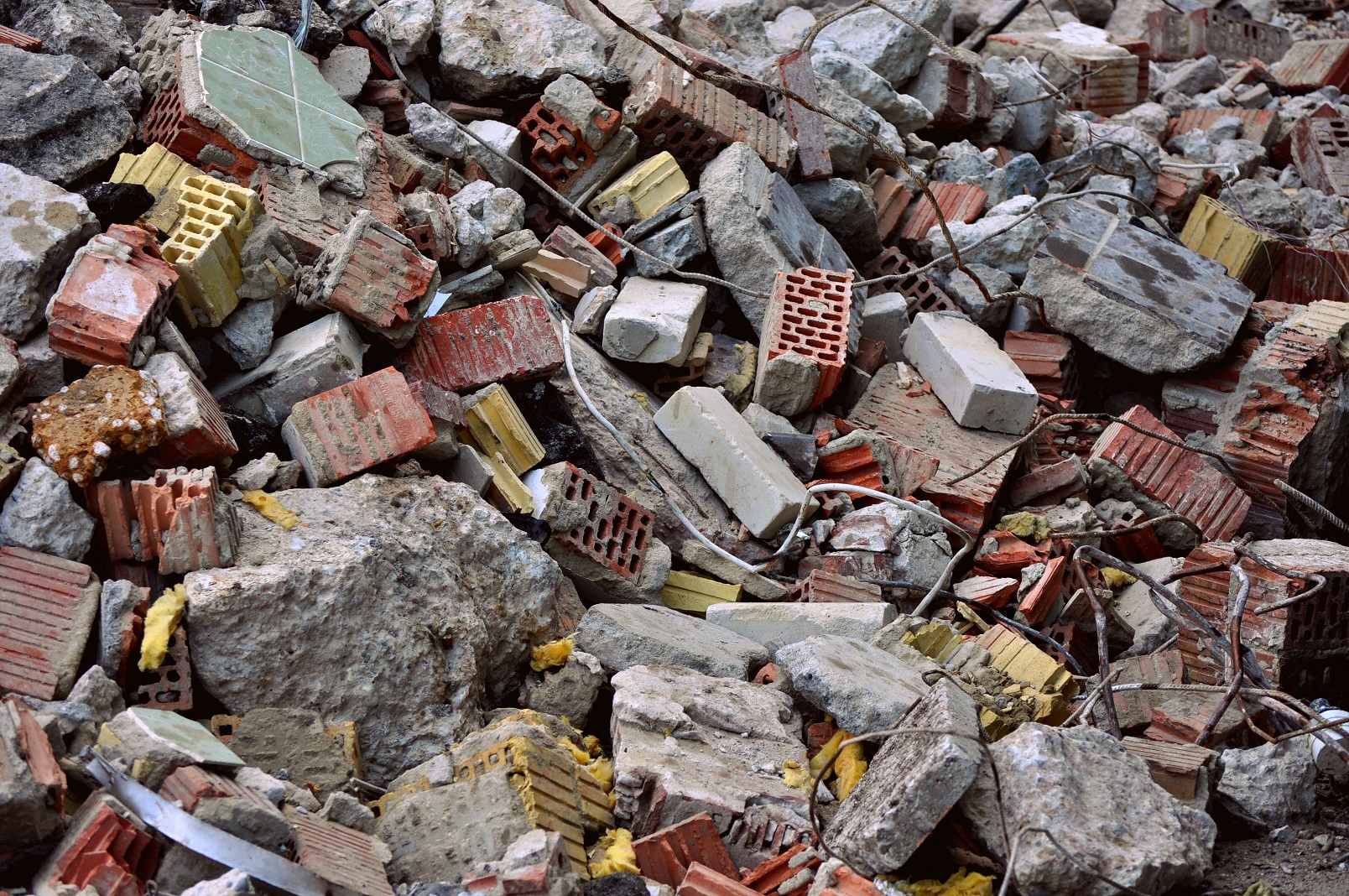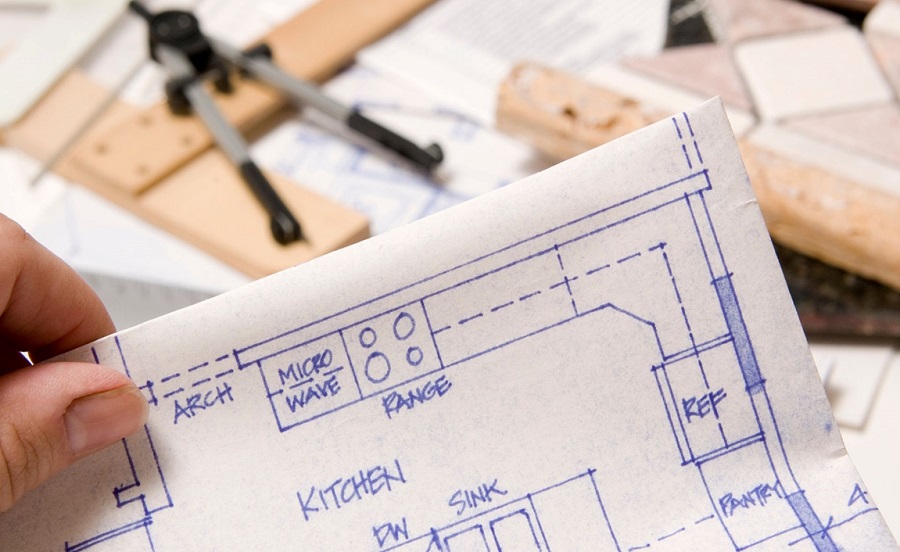What Are the Different Types of Waste in a Building?

As a builder or property owner, you must be aware of the different types of waste that are generated during construction. Managing this waste effectively to reduce environmental impact and comply with regulations is crucial. Building waste can be classified into various categories, including dredging materials, metallic waste, insulation and asbestos materials, wood, glass, and plastic, drywall, electronic waste, paints and varnishes, adhesives and sealants, concrete, bricks, tiles and ceramics, and hazardous waste. In this blog post, we will discuss each type of building waste in detail and how it can be effectively managed and reduced. We will also highlight the benefits of proper waste management in a building. So let’s dive in to understand more about building waste!
What is Building Waste Called?
Building waste is typically referred to as construction and demolition (C&D) waste. This includes a variety of materials such as wood, metal, concrete, bricks, and more that are generated during the construction or demolition of buildings. Proper disposal of C&D waste is important to reduce the impact on the environment and ensure that these materials are recycled or reused whenever possible. Many countries have regulations for handling and disposing of C&D waste to ensure that it is managed in an environmentally responsible manner.
Different Types Of Waste In a Building
- Dredging Materials
During construction, dredging materials such as silt, sand, and other sediments must be excavated from water bodies. It is crucial to handle and dispose of these materials properly since they pose a threat to aquatic life if not managed well. Dredging materials can also be repurposed for other construction projects or used as fillers during land reclamation efforts. Proper waste disposal practices will help in minimizing the impact of construction work on the environment.
- Metallic Waste
During construction or demolition projects, metallic waste such as copper wires, steel beams, and aluminium siding are often generated. Proper disposal of this type of waste is crucial to prevent harm to both the environment and human health. To minimize the environmental impact of building projects, contractors should have a plan to remove and recycle metallic waste. Additionally, effective waste management practices that include insulation or asbestos materials can help reduce the need for landfill use.
- Insulation And Asbestos Materials
Asbestos is a hazardous mineral that was commonly used in building products before it was banned due to health concerns. Conversely, insulation is made of materials such as fibreglass, cellulose, and foam. These materials are common types of waste generated during renovation or demolition projects. To ensure the safety of human health and the environment, certified professionals should be hired for their safe removal and disposal. By efficiently managing different types of construction waste, including insulation and asbestos materials, with proper recycling techniques, landfill space can be conserved, and the negative impact on the environment minimized.
- Wood, Glass, And Plastic
Different types of waste materials are generated during construction or renovation projects, such as demolition waste, insulation, asbestos materials, cement, bricks, tiles, ceramics and more. One such type is wood waste, including lumber and plywood that can be repurposed or recycled. Similarly, glass waste consisting of broken windows and mirrors can be recycled too. Plastic packaging materials and products can also be up-cycled or recycled to reduce environmental impact.
- Drywall
Drywall waste is a type of construction waste commonly found in buildings during renovation or demolition projects. It is composed of gypsum-based panels and may contain other materials like nails, screws, and insulation. Proper disposal is necessary to avoid the release of hazardous substances like sulphur dioxide and hydrogen sulphide upon exposure to moisture. Recycling drywall waste is an eco-friendly approach that reduces landfill space while conserving natural resources. Responsible management of construction site debris like drywall is essential for minimizing environmental impact.
- Electronic Waste
Improper electronic waste disposal can release hazardous substances like copper, coal tar, or asbestos into the environment and harm human health. Recycling programs, donation centers, and reuse or refurbishment of electronic waste are responsible ways of dealing with different types of waste in a building. Trained contractors in England and London should handle asbestos-containing materials. Waste management companies can assist with construction projects by recycling plasterboard, cardboard packaging, PVC siding, varnish remover containers, or paint thinners cans.
- Paints and Varnishes
Properly disposing of paints and varnishes is crucial as they contain hazardous substances that can harm the environment and human health. The label on cans usually has specific disposal instructions. Using eco-friendly alternatives can greatly reduce the impact of paints and varnishes on the environment. Hazardous waste can be a serious problem on construction sites, but proper waste management practices, including recycling, reuse, and responsible disposal, can mitigate its effects.
- Adhesives and Sealants
Proper management of waste materials is crucial in any construction project. Adhesives and sealants, used for holding materials together and sealing gaps, can contain hazardous substances that can harm human health and the environment if not disposed of properly. Using eco-friendly options like natural material adhesives or low-VOC sealants reduces the environmental impact of building activities. It’s important to follow manufacturers’ instructions on use and disposal, considering environmental factors while disposing of them properly to avoid landfill overcrowding or even recycling them through a waste management company.
- Concrete, Bricks, Tiles, And Ceramics
Recycling and reusing different types of construction waste, such as concrete, bricks, tiles, and ceramics, can help reduce waste sent to landfills. For instance, concrete can be recycled into aggregate or used as fill material, while bricks can be crushed for new construction material or landscape use. Proper disposal of hazardous waste like asbestos materials, insulation, and varnishes should also be considered. Partnering with a reputable waste management company specializing in construction waste disposal can promote sustainability in your project.
- Hazardous Waste
Proper identification and management of hazardous waste is essential in construction projects. Hazardous waste includes examples of hazardous waste like asbestos materials or varnish remover. Asbestos and insulation are common types of hazardous substances found on a demolition or construction site. Proper handling and recycling of such materials are necessary for landfill reduction and overall sustainability. Hazardous wastes include adhesives, copper wiring, solvents, aerosol cans, sealant containers, and paint thinners. Always contact your local waste management company when working with different types of construction waste.
Conclusion
In conclusion, building waste is a significant concern in the construction industry, and it’s essential to understand the different types of waste generated. Properly identifying and managing building waste can minimize the environmental impact and ensure that resources are used efficiently. It’s crucial to have a waste management plan in place and work with professional waste disposal companies to reduce the amount of waste sent to landfills. Proper waste management helps protect the environment and has economic benefits.














